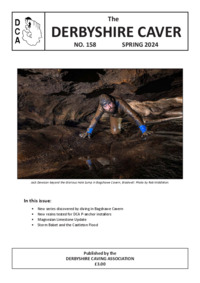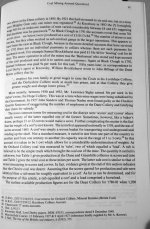The Tommy Note:
You boatsmen and colliers all, Come listen to my ditty,
I'll sing you a song before its long, It is both new and pretty;
It is concerning Tommy shops, And the High field* ruffian
He pays you with a tommy note, You must have that or nothing.
Fal de riddle ral.
With the colliers I begin, How they pay each other,
Nothing have they but a tommy note, From one week to the other,
On Saturday when a week's work is done, And to receive their money,
The high field devil has learned a trick, To pay them off with tommy.
Fal de riddle ral.
The boatsmen now I bring in, That sails from high fields to Runcan*;
The boatsmen and their wives, They curse him at the junction.
And all belonging to the branch, That know the art of boating,
Wishing the tiller down his throat, It would be a means to choak him.
Fal de riddle ral.
When they have done their runcan voyage, And go to receive their money,
One half stops for hay and corn, The other half for tommy,
Then to the tommy shops we go, To fetch our week's provision,
Their oatmeal, sugar, salt and soap, Short weight and little measure.
Fal de riddle ral.
Saying if we had money instead of this, Provision we could have plenty,
The profit they get out of us, Is nine shillings out of twenty,
Then we jump on board the boat, And the children look so funny,
The voyage we so cheerful go, Till we have eat all our tommy.
Fal de riddle ral.
There is one amongst the rest, That knows the art of boating,
He vows and swears a wife he'll have, So long he has gone a courting,
He vows he will married be, Come listen to my joke sir,
And when the parson's done his work, I will pay him with a tommy note, sir.
Fal de riddle ral.
Now we have finished our voyage, The children look so funny,
For here at Runcan we do lie, And have eat all our tommy,
Come gear the horse and clear the line, And jump on board the boat, sir,
Both night and day we'll stear our way, For another tommy note, sir
Fal de riddle ral.





